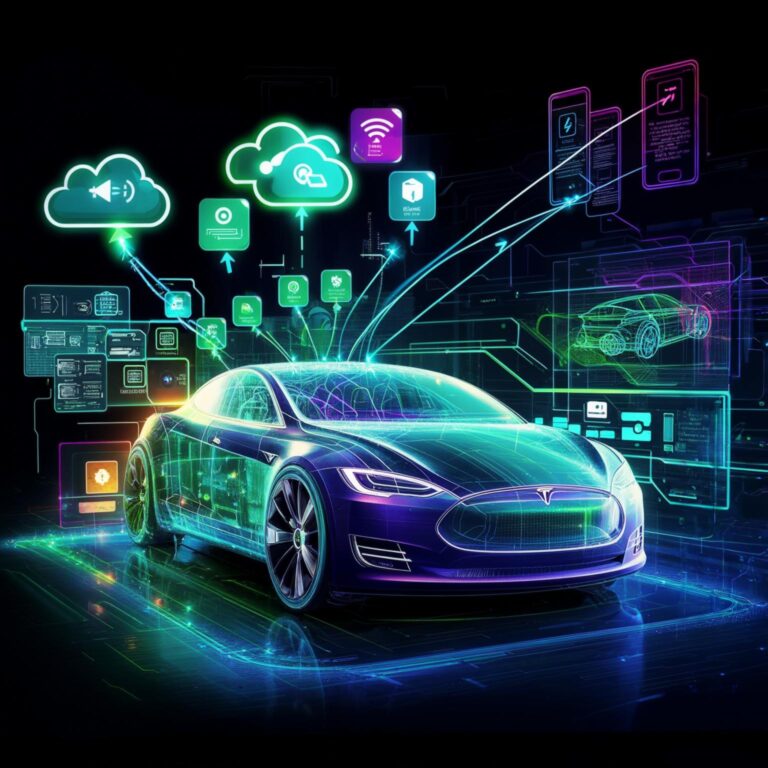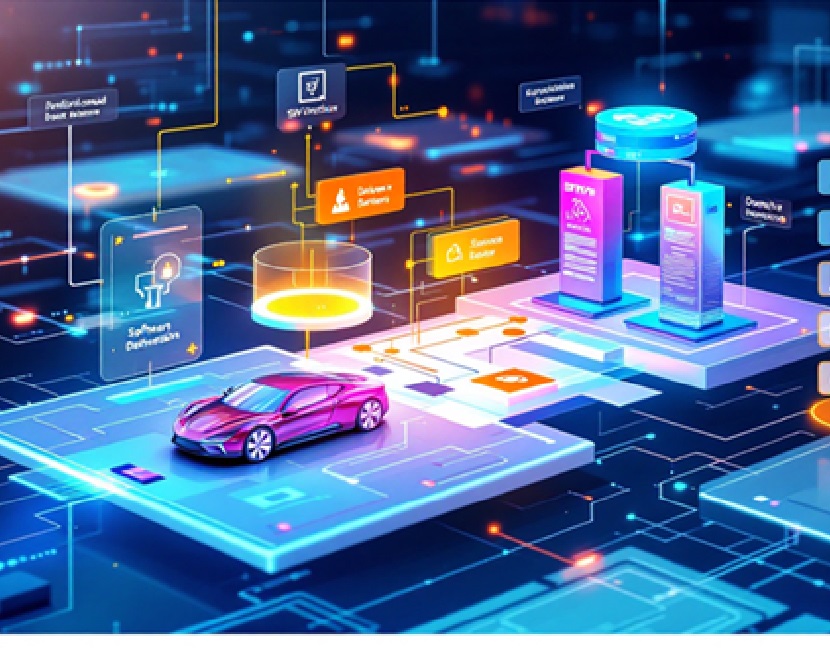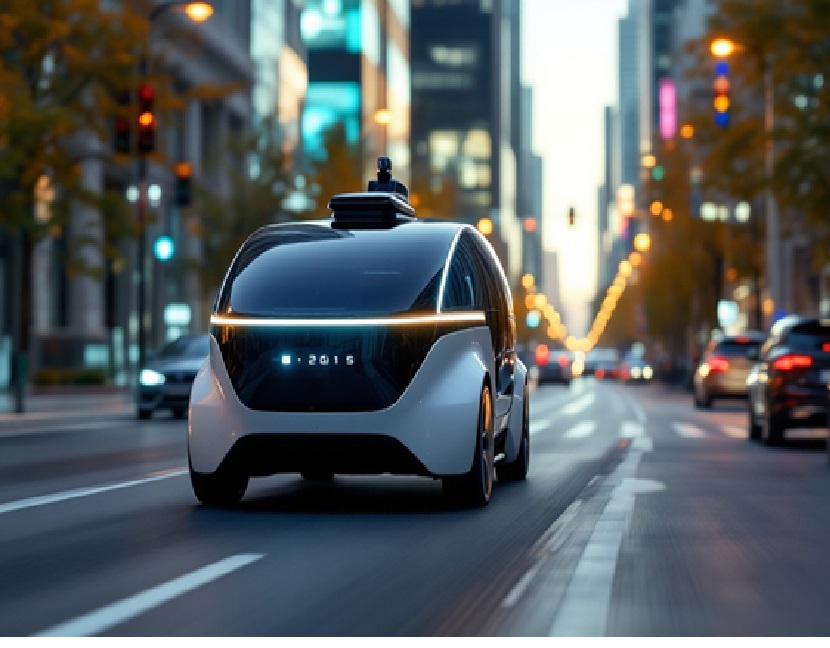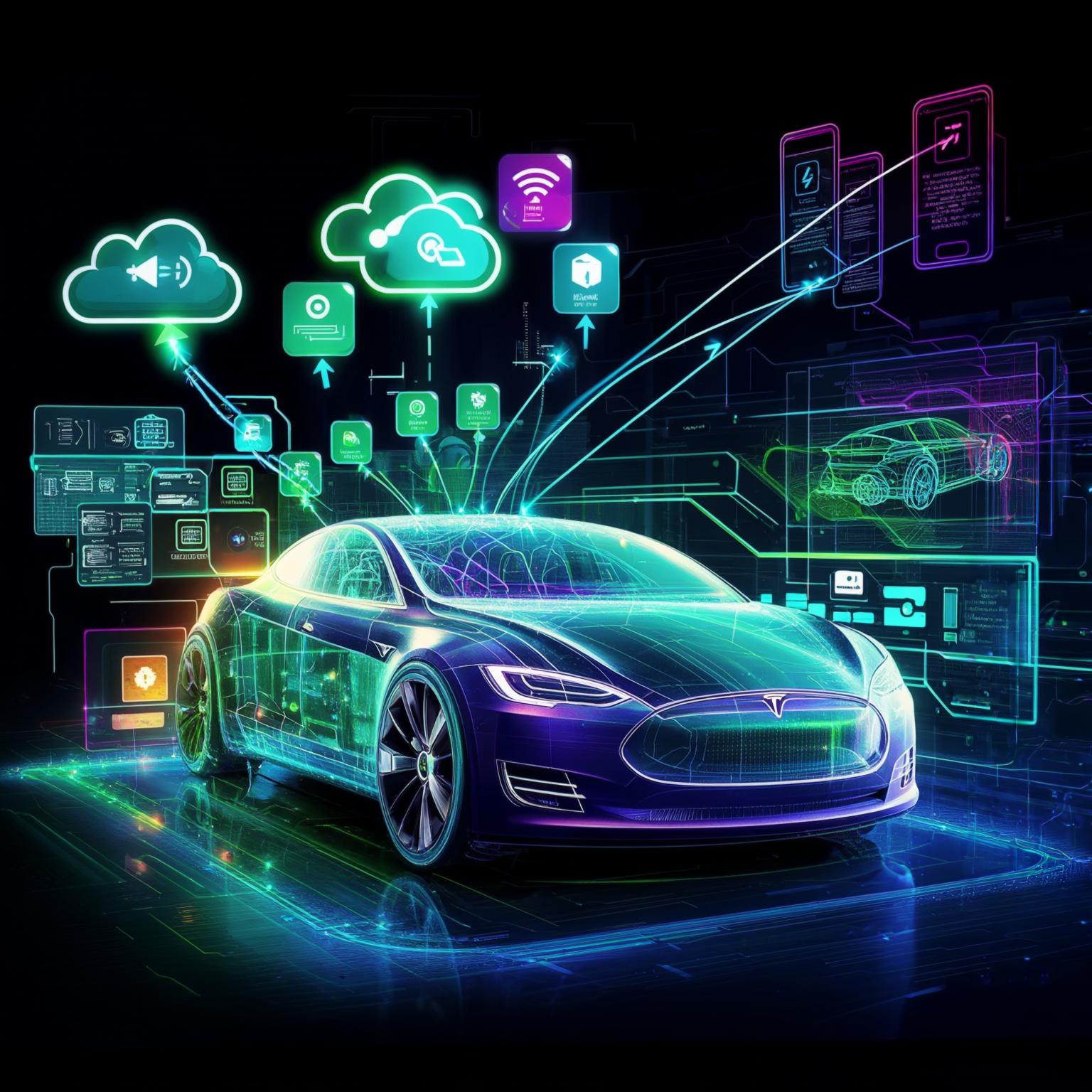
The automotive industry is undergoing a seismic shift with the advent of Software-Defined Vehicles (SDVs). This new technology not only redefines how vehicles operate but also alters the relationship between manufacturers, consumers, and ongoing vehicle maintenance. As we delve into the evolving landscape of automotive technology, it becomes clear that SDVs are paving the way for a more connected, flexible, and autonomous driving experience.
Understanding Software-Defined Vehicles (SDVs)
Software-Defined Vehicles (SDVs) represent a pivotal evolution in automotive engineering, shifting from traditional, hardware-centric designs to a focus on sophisticated software systems. At their core, SDVs integrate advanced computing technologies that allow vehicles to adapt and evolve post-manufacture through software updates.
Unlike conventional vehicles, which rely heavily on physical components, SDVs utilize software for various functionalities. This approach enhances not only performance but also user experience, paving the way for features such as personalized configurations and improved safety protocols.
One of the most exciting aspects of SDVs is their ability to leverage real-time data analytics. By continuously collecting data from various sensors and systems, these vehicles can make informed decisions that enhance driving efficiency and safety. For instance, SDVs can analyze traffic patterns and adjust routes on the fly, optimizing travel time and reducing fuel consumption. Additionally, the integration of machine learning algorithms allows these vehicles to learn from user behavior, further tailoring the driving experience to individual preferences.
Moreover, the rise of SDVs is closely tied to the development of connected vehicle technology. By establishing a network with other vehicles and infrastructure, SDVs can communicate vital information, such as road conditions and potential hazards, creating a more cohesive and safer driving environment. This interconnectedness not only enhances the driving experience but also lays the groundwork for future advancements in autonomous driving, where vehicles can navigate complex environments with minimal human intervention. As this technology continues to evolve, the implications for urban planning, traffic management, and environmental sustainability are profound, promising a transformative impact on how we think about mobility in the modern world.
From Domain-Based Architectures to SDV Architecture
The journey from domain-based architectures to SDV architecture is a significant milestone in the automotive industry. Historically, vehicles have been built around distinct control domains—like engine management or infotainment systems—each operating largely in isolation. This compartmentalized approach often led to inefficiencies and complex vehicle integration challenges. For instance, the inability of separate systems to communicate effectively could result in delayed responses to critical situations, such as sudden braking or navigation adjustments, ultimately affecting the overall driving experience.

SDVs embrace an architecture that promotes seamless interaction among various systems and components through a centralized software platform. This shift facilitates real-time data exchange, allowing for heightened performance and enabling proactive decision-making by onboard systems. As a result, vehicles can respond swiftly to changing conditions, making driving safer and more efficient. Moreover, this interconnectedness opens the door to advanced features such as predictive maintenance, where the vehicle can analyze its own performance metrics to forecast potential issues before they arise, thus minimizing downtime and enhancing reliability.
Additionally, the transition to SDV architecture is not just a technical upgrade; it also represents a cultural shift within the automotive sector. Manufacturers are now encouraged to adopt agile development methodologies and foster cross-functional teams that can innovate rapidly in response to consumer demands. This collaborative environment is essential for integrating cutting-edge technologies such as artificial intelligence and machine learning, which are becoming increasingly vital for enhancing user experience and automating driving tasks. As the industry evolves, the focus will likely shift towards creating a holistic ecosystem where vehicles are not just modes of transportation, but intelligent entities capable of learning and adapting to their environments.
Key Features of SDVs
Several distinguishing features set Software-Defined Vehicles apart from traditional automobiles. These include:
- Connectivity: SDVs are equipped with enhanced connectivity solutions, allowing them to interact not only with other vehicles but also with infrastructure and the cloud.
- Flexibility: The architecture of SDVs allows for features and functionalities to be added or enhanced over time, ensuring that the vehicle can evolve in tandem with technological advancements.
- Autonomous Capabilities: Many SDVs incorporate advanced driver-assistance systems (ADAS), enabling features such as lane-keeping assistance and adaptive cruise control which pave the way for full autonomy.
- Security: Advanced cybersecurity measures are critical in protecting the vehicle’s software systems from potential threats and breaches.
These key features demonstrate the potential of SDVs to create more adaptable, efficient, and secure driving experiences, setting new standards in the industry. Additionally, the integration of over-the-air (OTA) updates allows manufacturers to push software improvements and new features directly to vehicles without requiring a visit to a dealership. This capability not only enhances the user experience by ensuring that vehicles remain up-to-date with the latest technology but also reduces the overall cost of ownership by minimizing maintenance and upgrade expenses.
Moreover, the data generated by SDVs can be harnessed for a variety of applications, from improving traffic management systems to enhancing vehicle performance through real-time analytics. This data-driven approach opens up new avenues for innovation, enabling manufacturers to tailor their offerings to meet the evolving needs of consumers. As the automotive landscape continues to shift towards more intelligent and interconnected solutions, SDVs are poised to lead the charge in redefining how we think about transportation.

How Software-Defined Vehicles are Shaping the Future of Autonomous Driving
The impact of Software-Defined Vehicles on the future of autonomous driving is transformative. As technology improves, SDVs enable a more sophisticated platform for self-driving capabilities. The inclusion of machine learning algorithms and artificial intelligence facilitates the continuous learning of driving environments, which is critical for the development of fully autonomous systems.
Moreover, the integration of high-definition mapping and real-time data analytics allows vehicles to make informed decisions dynamically. This unhalted flow of information not only enhances safety but also accelerates the acceptance of autonomous vehicles among consumers.
As automakers invest in software infrastructure, we can anticipate a future where driving becomes less about operation and more about experience, with features tailored to individual users’ preferences and lifestyles.
The Integration of Over-the-Air Updates in SDV Technology
One of the most revolutionary aspects of Software-Defined Vehicles is the ability to receive over-the-air (OTA) updates. This technology allows automakers to push software updates directly to vehicles without requiring physical service visits.
These OTA updates serve various purposes, from enhancing performance and fixing bugs to adding entirely new features, thus significantly increasing the longevity and value of the vehicle. Furthermore, such updates can even enhance safety features, as automakers can respond quickly to newly discovered vulnerabilities.
However, the implementation of OTA updates requires robust security protocols to guard against potential software exploits, and automakers must prioritize this aspect in their development processes.
Comparing Traditional Vehicles to Software-Defined Vehicles
When comparing traditional vehicles to Software-Defined Vehicles, several key distinctions emerge:
- Maintenance: Traditional vehicles often require manual updates and repairs, while SDVs can receive updates wirelessly, simplifying maintenance.
- Performance: SDVs can improve their systems and performance over time, maintaining relevancy much longer than hardware-dependent traditional vehicles.
- Customization: Personalization options for SDVs allow drivers to adjust features according to their preferences, enhancing user engagement.
This comparison underscores the profound implications of embracing software-centric approaches within automotive design, indicating a move toward a more responsive and user-focused industry.
Case Studies: Leading Automakers Embracing Software-Defined Technology
Several leading automakers are at the forefront of the Software-Defined Vehicle initiative, showcasing various successful implementations. For instance, Tesla’s continuous enhancements to its cars through OTA updates exemplify a successful model of SDV deployment, maintaining high consumer interest and satisfaction.
Similarly, Ford has been implementing SDV technologies in its newer models, offering features such as advanced navigation systems and driver-assistance technologies, evolving its vehicles to meet modern user expectations.
These case studies illustrate the range of possibilities offered by SDVs, showcasing that by transitioning to software-defined frameworks, automakers can harness innovation and drive their brands into the future.




